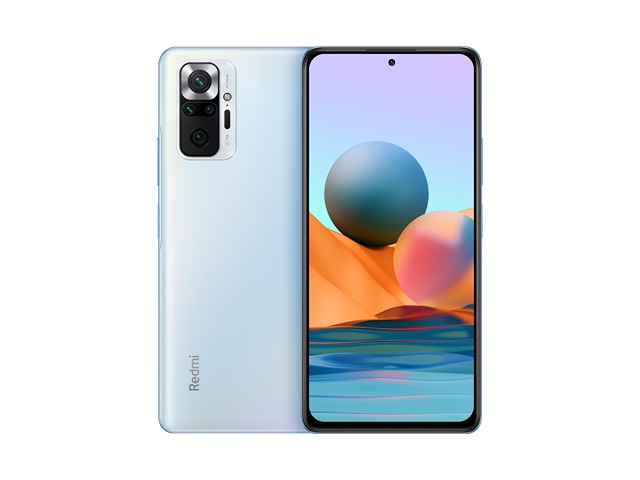The Best Xiaomi Redmi Note 10 Pro Review to know More About Its Features
Xiaomi Redmi Note 10 Pro specifications have a complex list of technical terms that can overwhelm even well-educated persons. Consequently, when you think to invest in a new cellular phone, there will be several questions running through your head. In this blog, you will find Xiaomi Redmi Note 10 Pro reviews that sort out most of its specifications and jargon, to allow you to understand it all.
After announcing Xiaomi Redmi Note 10 Pro by Xiaomi on 3/4/2021, this model has been Released in 2021, on March 24. However, this model’s status in the market is Available.
When you purchase Xiaomi Redmi Note 10 Pro, you will gain a 108 MP, f/1.9, 26mm (wide), 1/1.52″, 0.7µm, PDAF rear camera, and 8 MP, f/2.0, (wide) selfie camera. it also has 64GB 6GB RAM, and 5020 mAh battery life (the more mAh value gives more strength to the battery).
Xiaomi Redmi Note 10 Pro comes with Corning Gorilla Glass 5 as a screen protector that is designed to protect the screen when the phone drops on hard and rough surfaces, and with 6.67 inches, 107.4 cm2 display size.
Xiaomi Redmi Note 10 Pro comes with the following OS and chips:
* Android 11, MIUI 12 OS,
* Qualcomm SM7150 Snapdragon 732G (8 nm) Chipset
* Octa-core (2×2.3 GHz Kryo 470 Gold & 6×1.8 GHz Kryo 470 Silver) Processor.
To understand the meanings of cellular phone specifications, continue reading this Xiaomi Redmi Note 10 Pro review.
This Xiaomi Redmi Note 10 Pro Review Is Your Guide To Learn About The Body Specifications
When planning to buy a new cellular phone, the body features must be taken into consideration. These physical characteristics include body size, weight, and build. You can read the Xiaomi Redmi Note 10 Pro review in terms of the body characteristics in the lines that follow.
* Body Dimensions: 164 x 76.5 x 8.1 mm (6.46 x 3.01 x 0.32 in) which means height, width, and thickness (depth) respectively.
* Body Weight: 193 g (6.81 oz).
For smartphones, a weight between 140g to 170g is considered convenient for most users.
* Body Build: Glass front (Gorilla Glass 5), glass back (Gorilla Glass 5), plastic frame.
The following body types of the mobile phone are available:
* Metal. Due to the fact that it is made of metals, it is the most powerful in terms of saving the mobile phone’s internal parts.
* Plastic. This kind could be more durable than metal because it doesn’t flex. Additionally, because it doesn’t shatter easily, it has a longer operating life than a glass one.
* Glass. This kind of cellular phone’s body looks more polished and attractive, despite the fact that the brittle nature of glass makes it more breakable.
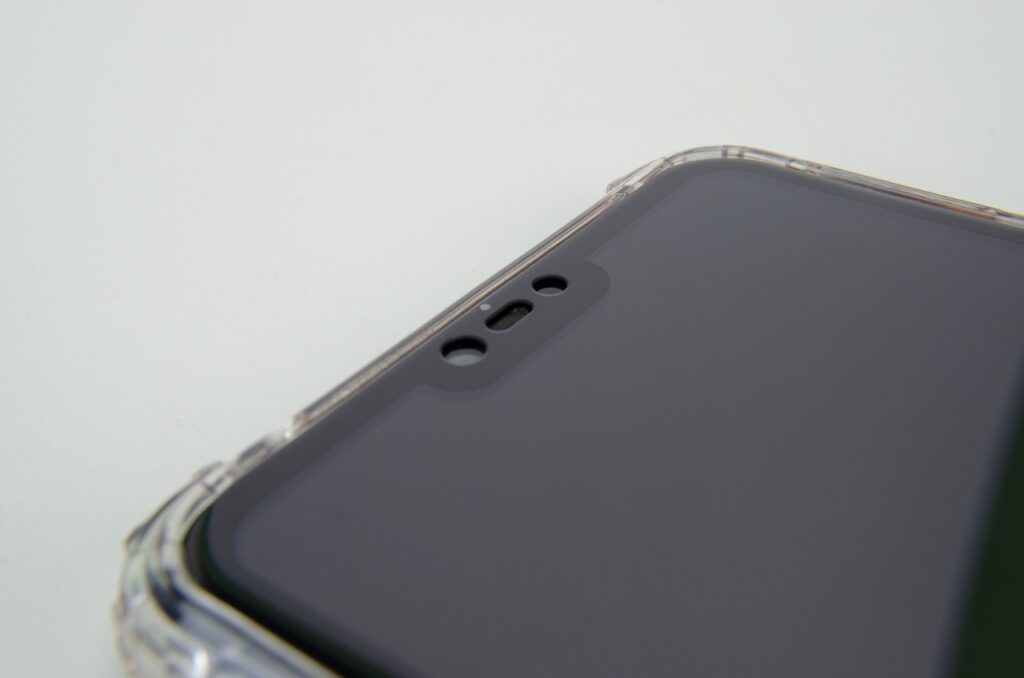
Know All available Colors – Xiaomi Redmi Note 10 Pro Review
Modern smartphones come in a variety of colors. Companies are also manufacturing gradient colors in addition to solid color devices.
Xiaomi Redmi Note 10 Pro comes in the following colors: Onyx Gray, Glacier Blue, and Gradient Bronze.

Knowing Display features Using Xiaomi Redmi Note 10 Pro Review
The user interface’s fundamental part is the cellphone’s display., so it is important to grasp its specifications well, then you will be able to choose a mobile phone with a screen that provides your needs.
The lines that follow demonstrate the fundamental display specs of the Xiaomi Redmi Note 10 Pro. screen
Display Type: AMOLED – Note that you should search for a display type that gives more bright colors and actual black.
Refresh Rate: 120Hz – The refresh rate (measured in Hertz (Hz)) is the number of times a screen recreates an image. A more refresh rate results in significantly better image quality and reduced motion blur.
Display Size: 6.67 inches, 107.4 cm2 – The common standard display size of mobile phones now averages between 4.7 and 6.5 inches.
Display HDR: HDR10 – This signifies that an image has a high contrast between its lightest and darkest areas.
Display Nits Peak: 1200 nits (peak). It is the brightest possible light. emitted by the screen. Anything above 500 nits is good to use on a sunny day.
Display Nits Brightness: 450 nits (typ).
Display Nits Full: 450 nits (typ), 1200 nits (peak).
Screen To Body Ratio: (~85.6% screen-to-body ratio). It provides the percentage of how much of the front face is covered by the display.. Smartphones that have the largest screen-to-body ratio look delicate and give it a premium look.
Display Ratio: 20:9 ratio. the Aspect ratio is the relevance between the height and width of the smartphone screen. Taller aspect ratios like 19.5:9 is coming with the most modern smartphones, and it is suitable for web browsing, and other portrait orientation apps.
Display Resolution: 1080 x 2400 pixels. It is the clarity of an image video in detail and sharpness. The pixel resolution for high-definition screens is 1920 x 1080.
Display Density: (~395 ppi density). It is the number of physical pixels per inch on a screen and is measured in Pixels Per Inch (ppi).
Display Protection: Xiaomi Redmi Note 10 Pro comes with the following display protection:
* Corning Gorilla Glass 5
* Corning Gorilla Glass 5.
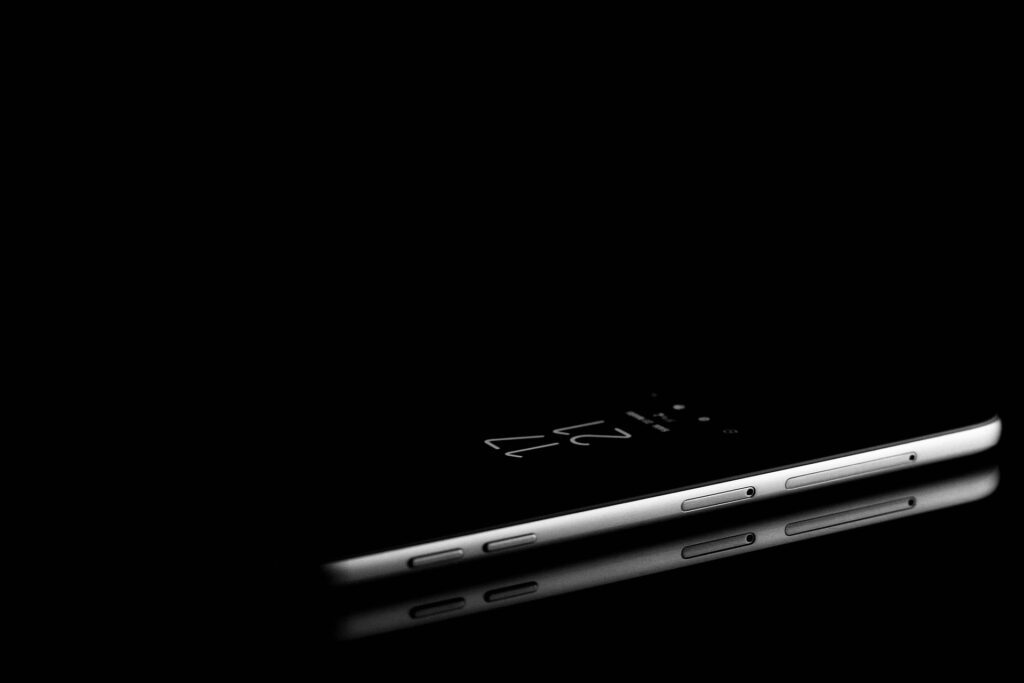
All That you Need For Camera Features in one Xiaomi Redmi Note 10 Pro Review
In the following lines, you will find Xiaomi Redmi Note 10 Pro reviews about the main cameras.
* Main Camera Single: {108 MP, f/1.9, 26mm (wide), 1/1.52″, 0.7µm, PDAF}.
Here are explanations about some of the symbols included in the camera characteristics:
MP (Megapixels) is the resolution of the image taken by a cellular phone.
(f value) is the aperture of a lens that indicates how much light it lets in. The larger the aperture, the more light is let in; and vice versa.
(mm value) This measurement is of the lens’s focal length, which affects the final image that is produced by your camera.
AutoFocus (AF) is the function of a camera to automatically focus on a subject.
* Main Camera Dual: 8 MP, f/2.2, 118˚ (ultrawide), 1/4.0″, 1.12µm
* Main Camera Triple: 5 MP, f/2.4, (macro), AF
* Main Camera Quad: 2 MP, f/2.4, (depth)
The main camera features are as follows:
HDR, panorama, 4K@30fps, 1080p@30/60fps main video camera.
Here is the Xiaomi Redmi Note 10 Pro review of the selfie camera:
* Selfie Camera Single: 8 MP, f/2.0, (wide)
The main camera features are:
HDR, 1080p@30fps Selfie video camera.
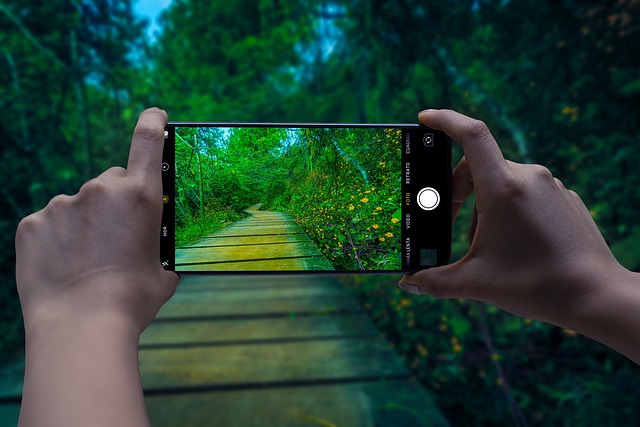
Xiaomi Redmi Note 10 Pro Review of the SIM Card
The acronym SIM is used to refer to the Subscriber Identity Module. It is an electronic card that can be inserted into your smartphone to be able to access your phone’s communication features to make calls, send SMS, and connect to the 3G, 4G LTE, and 5G mobile internet. For more info about 3G / 4G networks, refer to Xiaomi Redmi Note 10 Pro 3G or Xiaomi Redmi Note 10 Pro 4G articles. SIM cards come in three sizes: Standard (Mini), Micro, and Nano. You can use your smartphone without a SIM card, such as using the calculator, playing games, saving text or voice notes, and connecting to a Wi-Fi network to browse the web.
This smartphone model comes with Dual SIM (Nano-SIM, dual stand-by) card. For more information, refer to the How to insert SIM card in Xiaomi Redmi Note 10 Pro article.
Here are the common SIM card kinds:
* Nano-SIM. This removable SIM card size is the smallest available one, so it is the most modern one (other than eSIMs, which we’ll talk about it very soon) and most current smartphones are using it.
* Micro SIM. They have a little bit larger chip, and they’re seldom been used in recent years.
* Standard SIM (Mini-SIM). It is the biggest SIM card size in use, and it’s the most seldom used.
* eSIM. It is an embedded SIM card, meaning that you can’t remove it from your smartphone.
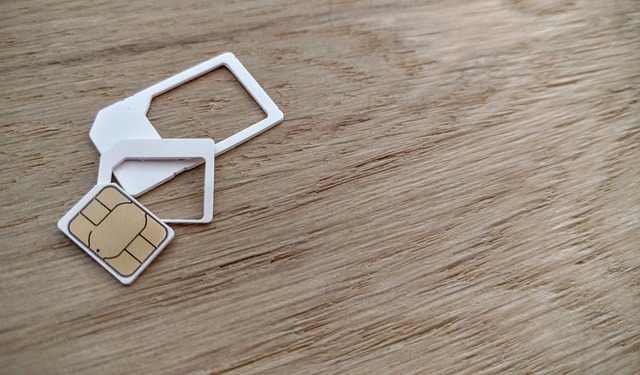
Xiaomi Redmi Note 10 Pro Review of The Performance
This model has Qualcomm SM7150 Snapdragon 732G (8 nm) chipset.
A chipset on a mobile phone is most usually termed as a system-on-chip (SoC). It is an integrated circuit that combines all the basic components of a device on a single chip. The most popular types are: QUALCOMM Snapdragon, MEDIATEK CHIPSETS, and INTEL ATOM.
Xiaomi Redmi Note 10 Pro has Octa-core (2×2.3 GHz Kryo 470 Gold & 6×1.8 GHz Kryo 470 Silver) CPU.
The performance of the CPU will be improved by increasing the number of cores and the processing speed.
Xiaomi Redmi Note 10 Pro has the following GBU (Graphics Processing Unit): Adreno 618.
This chip is responsible for handling and accelerating all graphics jobs, and the faster the GPU, the more powerful the cellphone will be.
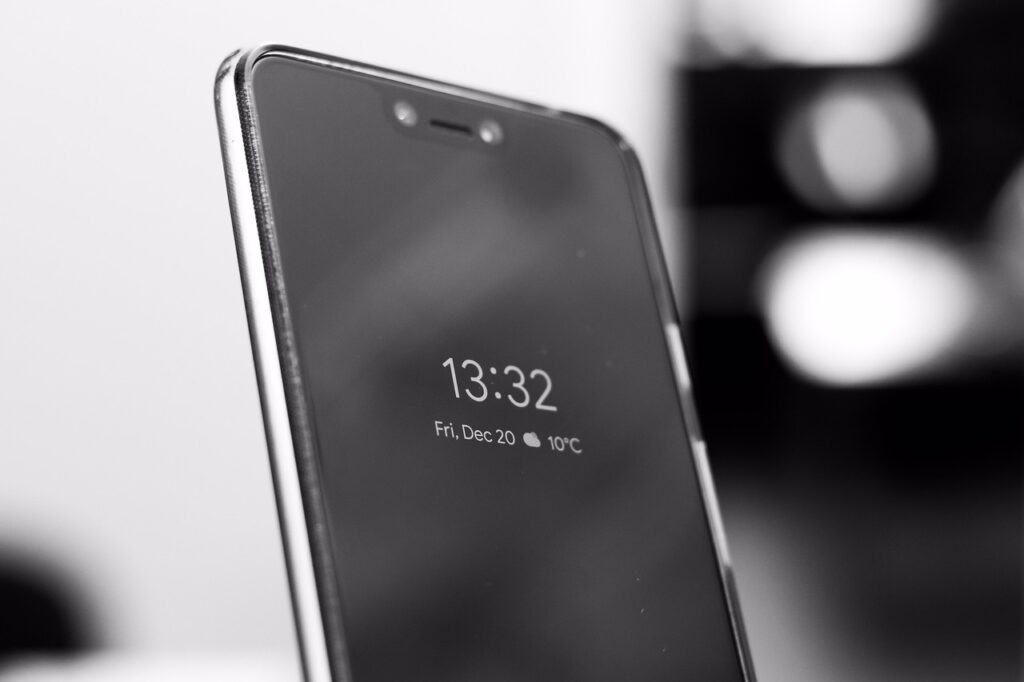
Xiaomi Redmi Note 10 Pro Review of the Storage Specs and Capacity
The quantity of storage that a new smartphone provides is one of the essential decision considerations… Actually, Xiaomi Redmi Note 10 Pro comes with a microSDXC memory card slot, and the following internal memory: 64GB 6GB RAM – 128GB 6GB RAM – 128GB 8GB RAM
There are two types of phone memory:
Internal: It is integrated inside the phone, and can’t be extended. These days, most smartphones come with an internal memory of at least 32GB or 64GB and a few high-end models feature 256GB or 512GB.
External: It is a removable SD card used as extra storage to save photos, music, videos, etc., regardless of the kind of SD card slot.
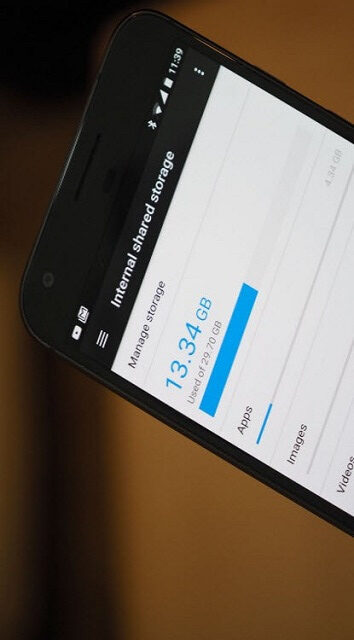
Xiaomi Redmi Note 10 Pro Review – Mobile Networks and Connectivity
Mobile networking is a term used to describe technologies that can provide wireless voice and/or data network connectivity. 3 kinds of mobile networks are available: 3G, 4G (LTE), and 5G. Most modern cell phones can use all networks. However, 5G has been designed with an extended capacity to enable next-generation user experiences, support innovative deployment models, and provide more enhanced services.
Xiaomi Redmi Note 10 Pro supports the following networks: 3G. For more info, refer to Xiaomi Redmi Note 10 Pro 3G article. – 4G. For more info, refer to Xiaomi Redmi Note 10 Pro 4G article.

Xiaomi Redmi Note 10 Pro Review – Available Wireless Connections
This model supports the following wireless communications:
* WLAN connection: {Wi-Fi 802.11 a/b/g/n/ac, dual-band, Wi-Fi Direct, hotspot}. Wireless Local Area Network depends on Wi-Fi to connect to the home or office wireless network using the local router and provides Internet access.
* Bluetooth connection: {5.1, A2DP, LE}. It is a common wireless communication protocol used to connect two devices together over short ranges, allowing them to share data between different devices.
* GBS connection: {Yes, with A-GPS, GLONASS, GALILEO, BDS}. Global Positioning System allows mobile phones to locate any position you need.
* NFC connection: {Yes (market/region dependent)}. Near Field Communication is a wireless technology that allows your cellular phone to transfer data to another device when they’re close together, so it’s generally used for contactless payments. For more information, refer to NFC on Xiaomi Redmi Note 10 Pro article.
* USB connection: {USB Type-C 2.0, USB On-The-Go}.Universal Serial Bus is wired technology that allows users to connect two devices, such as a smartphone with a PC, to either transfer data or charge the connected device.
* Features Sensors: {Fingerprint (side-mounted), accelerometer, gyro, compass}. The sensor is a device that detects and majors the changes in the nearby environment such as ambient light and motion.

The Operating System – Xiaomi Redmi Note 10 Pro Review
This model comes with {Android 11, MIUI 12} operating system.
Main Specs of The Battery – Xiaomi Redmi Note 10 Pro
Nothing is more important than the battery of the cellphone that keeps these gadgets running and keeps daily life working. In the following lines, you’ll see a Xiaomi Redmi Note 10 Pro review of its primary battery.
* Battery Technology: {Li-Po}.
* Xiaomi Redmi Note 10 Pro comes with {a non-removable} battery.
* Battery Capacity: {5020} mAh. It refers to the amount of storage volume a particular battery may offer. A battery with a 3100 mAh capacity rating could supply a current of 3100 mA for one hour. Higher mAh ratings for the same battery type will generally mean more working time.
* Battery Charging: {Fast charging 18W}.
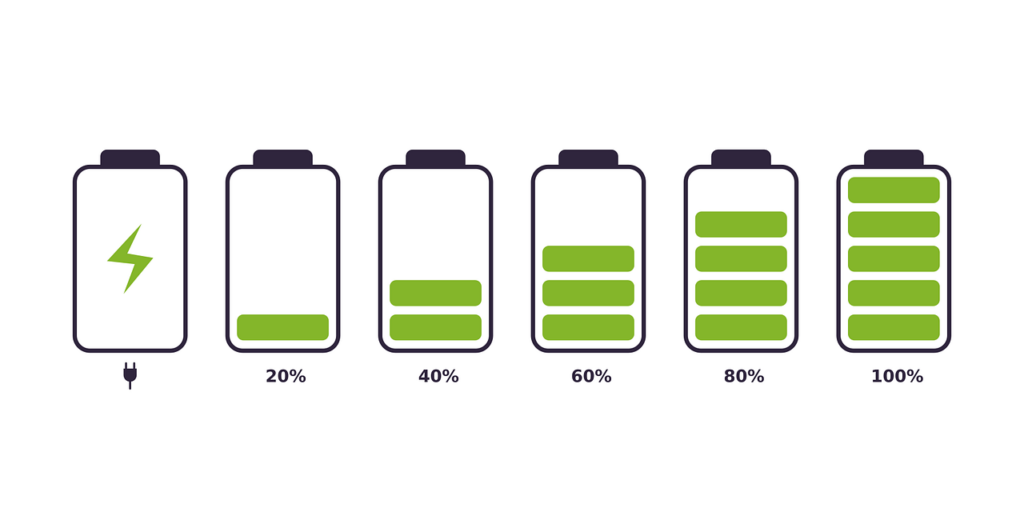
Xiaomi Redmi Note 10 Pro Review of the Battery Secondary Specs
In addition to the primary Xiaomi Redmi Note 10 Pro specs that we mentioned earlier, this model has more battery-related characteristics that are relatively varied depending on the kind of cellphone. These specs are as follows:
* Battery Charging Original: {Fast charging 33W, 59% in 30 min (advertised)}.
* Quick Charge: {Quick Charge 3.0}.


